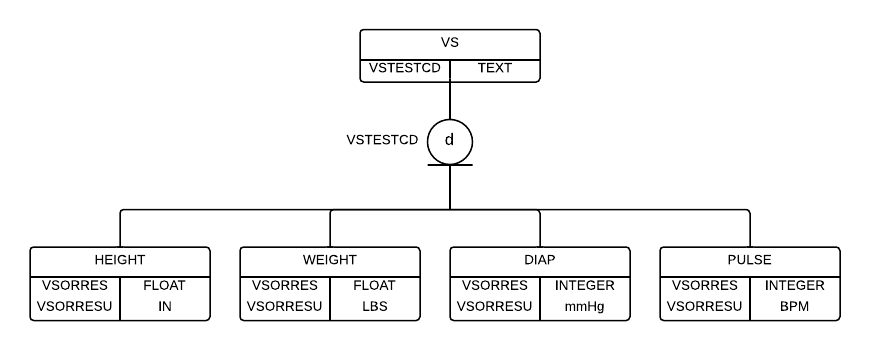Promoting Data Sharing at the CDISC Interchange Conference
The theme of sharing clinical research data permeated a number of presentations at the CDISC International Interchange Conference this year. In fact, the opening plenary keynote presentation by General Peter Chiarelli, CEO of One Mind, highlighted the dire need for data sharing in clinical research and espoused a number of open science principles. One Mind defines open science as a “global movement to make scientific research, results and data available, and accessible to everyone.” The key goal behind this push for open science is to accelerate the research community’s ability to transform basic research into better clinical treatments for patients. You can find One Mind’s open science principles here http://onemind.org/Our-Solutions/Open-Science . One of One Mind’s open science principles involves adhering to widely accepted data standards. This makes sense because the standards help make the data useful. Sharing the data is not the end game. Using the data to accelerate the dev

